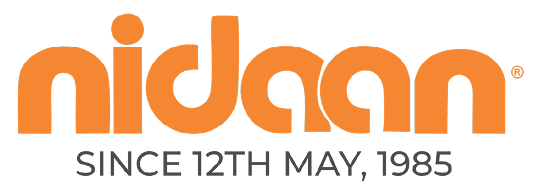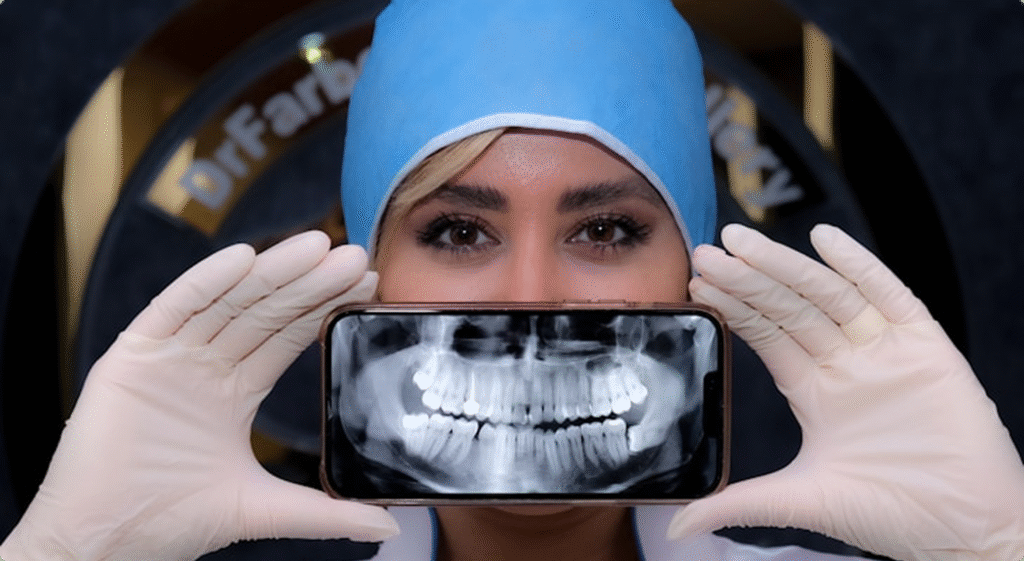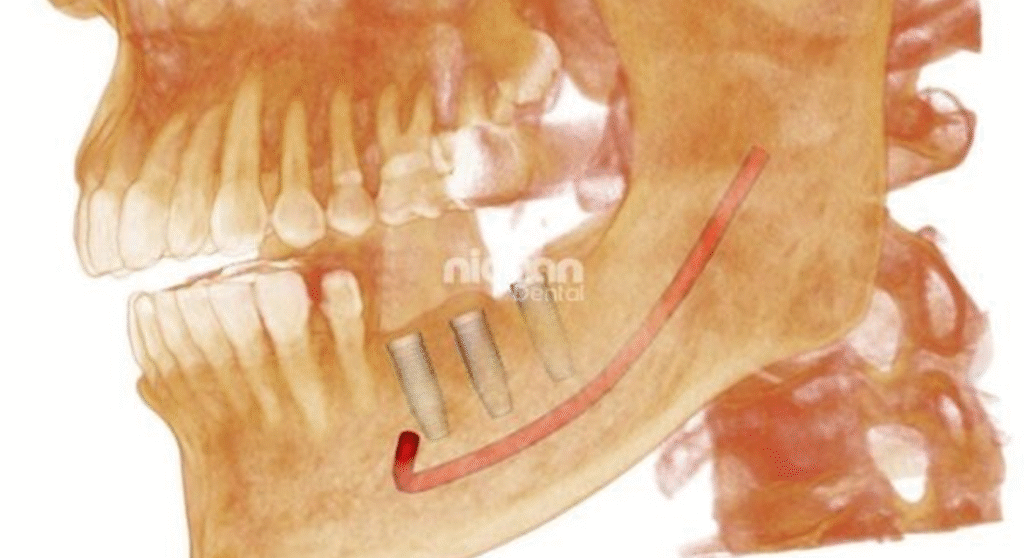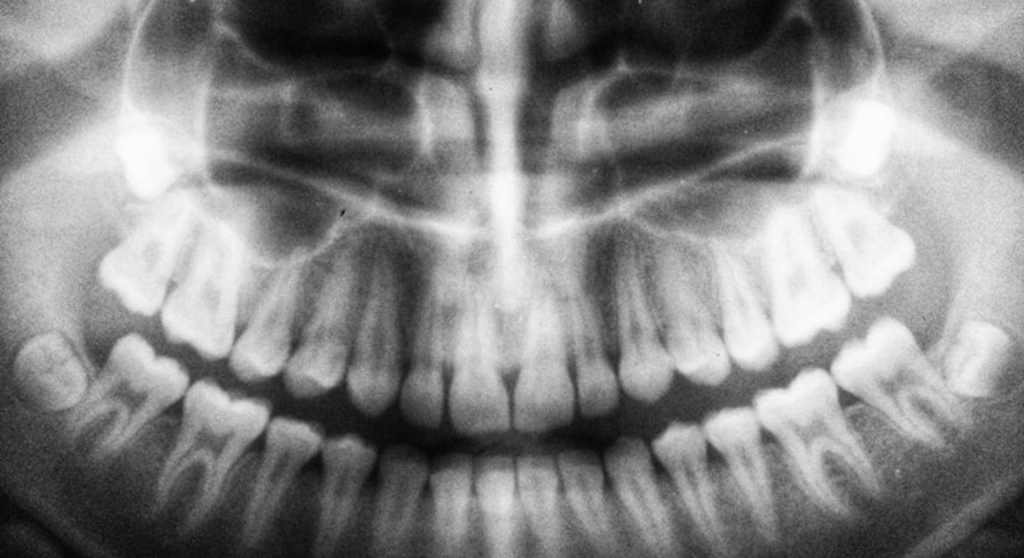The Role of Digital Radiology in Safer Dentistry

Developer
September 17, 2025
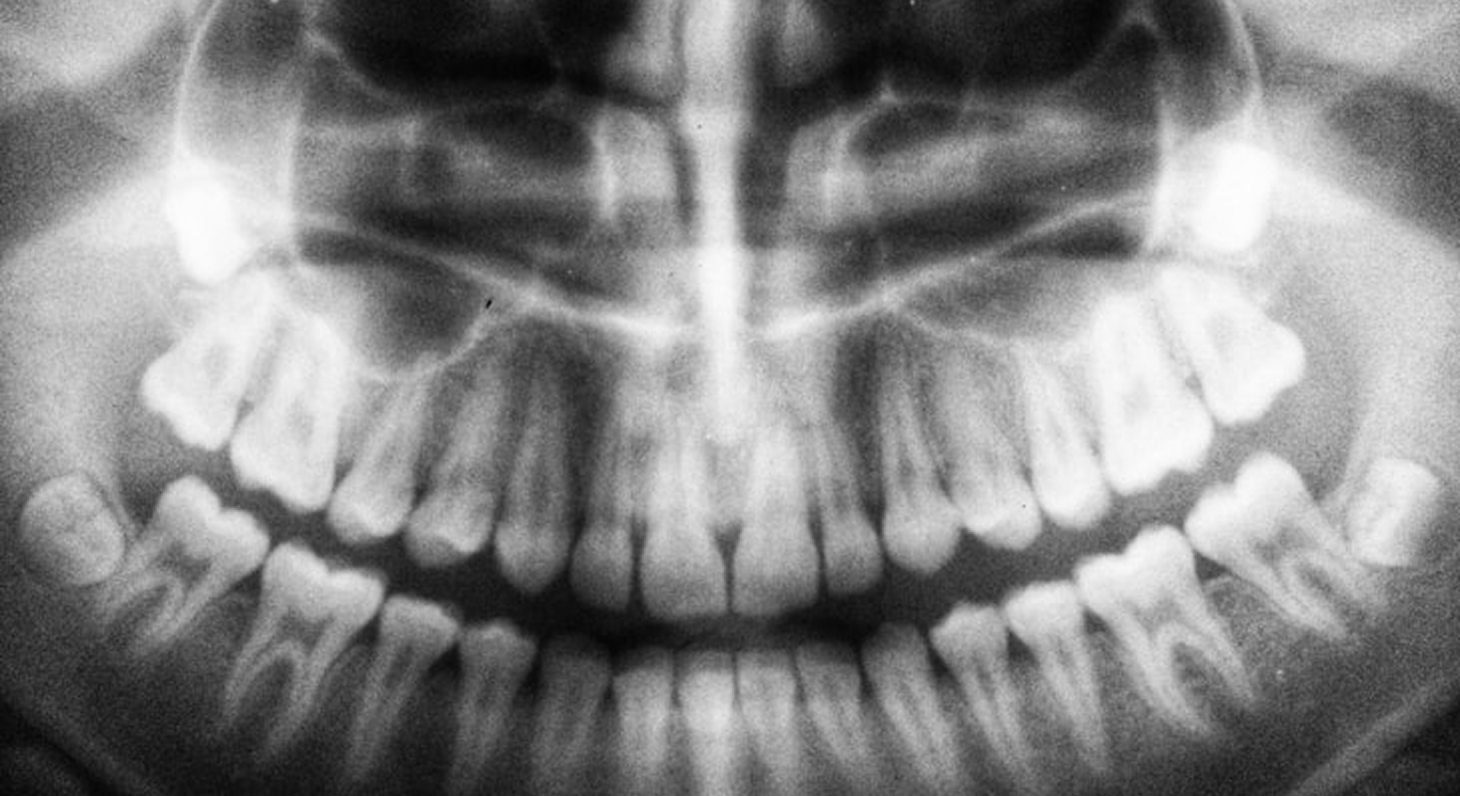
Introduction
Dentistry has always depended on imaging for accurate diagnosis and successful treatment. But one of the most common concerns patients express is “Are dental X-rays safe?” Traditional film-based radiographs often involved higher radiation exposure, grainy clarity, and delays in diagnosis.
With the rise of digital dental radiology, dentistry entered a new era of enhanced patient safety, efficiency, and diagnostic accuracy. Clinics now leverage advanced systems like OPG, CBCT, and cephalometric scans to provide clear results with up to 90% less radiation exposure.
This article dives deep into how digital radiology makes dentistry safer and smarter, why it’s important for both dentists and patients, and how pioneers like Nidaan Dental in Pune are setting benchmarks with safe and precise imaging services.
From Traditional to Digital X-Rays A Safer Shift
The Challenges with Conventional Radiographs
Film-based dental radiographs were the standard for decades. But they came with clear drawbacks
- Higher Radiation Film X-rays needed longer exposure times.
- Lower Image Quality Grainy images often missed early pathologies.
- Delayed Reporting Images had to be developed manually.
- Environmental Waste Film and chemicals posed ecological challenges.
The Digital Revolution in Dentistry
The shift to digital dental imaging brought transformative advantages
- Instant Capture & Reporting → No waiting for film development.
- Enhanced Safety → Radiation significantly reduced.
- Superior Clarity → High-resolution images aid accurate diagnosis.
- Integration with Digital Workflows → 3D planning and AI-assisted reports.
Digital Radiology Modalities in Dentistry
OPG (Orthopantomogram) Imaging
OPG offers a panoramic view of the upper and lower jaws in one scan. It’s commonly used for assessing impacted teeth, bone levels, cysts, and overall oral health. With digital advancements, OPG scans now deliver safer, faster, and clearer results.
Cephalometric Imaging
Essential for orthodontics, cephalometric scans allow analysis of jaw alignment and skeletal relationships. Digital cephalometry improves safety and enables precise orthodontic treatment planning.
CBCT (Cone Beam Computed Tomography)
The gold standard for 3D imaging, CBCT combines accuracy with safety. With optimized radiation protocols, it provides detailed jaw, bone, and nerve mapping crucial for implantology, oral surgery, and complex diagnostics.
Why Digital Radiology is Safer for Patients
Radiation Dose Reduction
Digital imaging systems use highly sensitive sensors and optimized capture protocols, cutting down patient exposure by up to 90%. This makes repeat imaging safe even for children, orthodontic cases, or implant patients.
Early Pathology Detection
High-resolution images mean caries, cysts, and lesions can be caught early — preventing invasive treatments later and preserving patient health.
Minimal Retakes
In traditional film X-rays, incorrect angles meant repeat exposures. Digital imaging ensures accuracy in the first capture, further reducing risk.
The Role of Digital Radiology in Better Clinical Outcomes
For Dentists
- Improved Diagnostic Accuracy Clearer insights = stronger treatment outcomes.
- Time Efficiency Instant imaging means faster workflows.
- Predictability in Planning Especially for implants and orthodontics.
For Patients
- Peace of Mind Knowing scans are safer and accurate builds trust.
- Shorter Chair Time Instant results minimize fatigue.
- Long-Term Health Fewer exposures and early detection improve outcomes.
Nidaan Dental – A Leader in Safe Digital Radiology
40 Years of Diagnostic Excellence
Established in Pune in 1985, Nidaan Dental has moved from being an X-ray center to becoming a technology-first dental radiology partner. With six centers and a network of 700+ referring dentists, Nidaan is trusted for safe diagnostics across Maharashtra.
Technology with a Patient-Centric Approach
- Low Radiation Digital Systems → Patient-first safety protocols.
- Advanced CBCT Imaging → Critical for complex implantology and oral surgery.
- Integration with AI → Future-ready diagnostics leveraging annotated dental data for smarter results.
Future of Digital Radiology in Dentistry
Safer and Smarter with AI Integration
The future isn’t just about safety, but also intelligence. AI-backed imaging will soon provide instant pathology detection, automate reporting, and help in predictive treatment planning, ensuring patients receive the safest and best care possible.
Conclusion
Digital radiology represents one of the most important innovations in modern dentistry. By ensuring low-dose imaging, faster workflows, and higher accuracy, it safeguards patient health while enabling clinicians to perform at their best.
At Nidaan Dental Imaging Pune, we bring together legacy, innovation, and patient-first technology to deliver imaging that is not just advanced, but truly safe.
FAQs – Digital Radiology in Dentistry
Q1. Are digital dental X-rays safer than traditional ones?
Yes. Digital radiology reduces radiation exposure by up to 90%, making it safe for adults, children, and orthodontic patients needing multiple scans.
Q2. What types of digital X-rays are commonly used in dentistry?
The most widely used include OPG (panoramic imaging), cephalometric scans for orthodontics, and CBCT scans for 3D diagnostics, especially in implantology and surgery.
Q3. Why do dentists in Pune recommend Nidaan for digital imaging?
With six advanced centers, expert radiologists, and precision-driven technology, Nidaan is the trusted partner for safe and reliable digital dental imaging in Pune for over 40 years.
